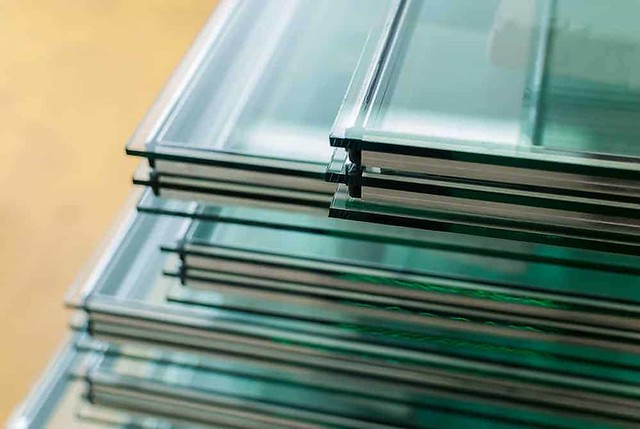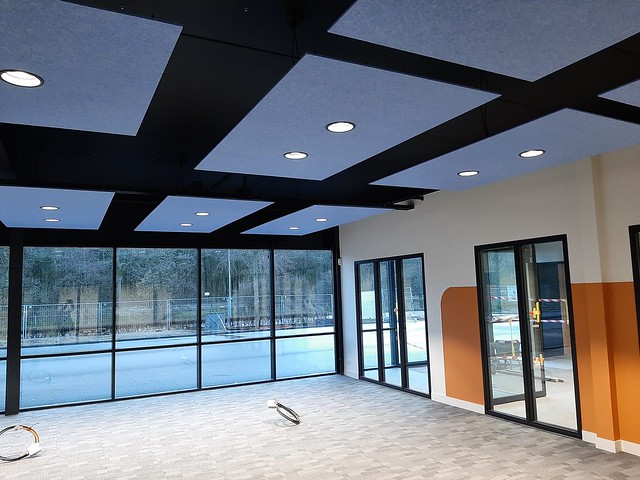Decorative Arts – Stone – Decorative Art
Natural Stone
Natural stone adds a distinct elegance to any building project that is unmatched by any other material. Its unique properties of strength, stability and beauty provide a timeless value that increases the resale value of property and provides a lifetime of enjoyment.
Stone comes in a wide variety of colors, patterns and textures that can compliment any style of architecture or interior design. Unlike many other materials, no two pieces of natural stone are alike which gives designers a large range of choices in creating remarkable designs.
HDG offers a vast selection of beautiful stone for interior flooring, countertops, backsplashes, fireplaces and exterior cladding. We can also source reclaimed stone, which reduces the need for new natural resource extraction and transportation. It is also great for the environment because it gives these beautiful stones a second life and avoids landfill waste. It is important to consider the entire life cycle of a building and the impact on the environment when considering the choice of material for your next project.
Man-Made Stone
A popular alternative to natural stone, man-made stones are gaining popularity among designers, contractors and homeowners because of their affordability and durability. Man-made stones are made of a combination of crushed stone and an adhesive, usually polymer resins or cement mix. They come in a variety of colors and are available in slabs and tiles.
The history of cast stone dates back to ancient Rome where it was used to create molded ornaments and architectural elements. In the modern sense, cast stone refers to a composite material that is made from Portland cement mixed with manufactured or natural sands and well-graded crushed limestone. Color pigments are also often added. The mixture is then set in a molded form using a dry or semi-dry cast method that allows for a large number of products to be produced fairly quickly.
Another option is wet casting which uses more water to help compact the mixture, resulting in a textured appearance on the finished product. Both of these methods produce durable surfaces that are resistant to moisture, stains and mold growth.
Mosaics
Mosaic is one of the most versatile forms of decorative art. You can use it to define an area, line a niche in your shower or Arts- Stone – Decorative make the surface of your countertop pop with an intricate pattern. Mosaics are incredibly durable and come in an assortment of colors and designs.
Mosaics have been used by ancient civilizations for centuries. They started out as unstructured decorations or pebble pavement, but by the 4th Century BC they had become a structured art form with a variety of geometric patterns and depictions of people and animals. Glass first appeared among mosaic tesserae in the Hellenistic period (3rd-1st century bce) and allowed for much more vibrant tints than could be achieved with stones alone.
Today, mosaics can be made from any material imaginable. Glass and ceramic tesserae are still popular but you can also find mosaics in metal, stone, even bottle caps. Using modern technology, you can have a picture broken down into pixels and applied to individual tiles for a photomosaic. This can be a great way to display family pictures on your wall.
Terra Cotta
You may think of terra cotta as the red-brown clay used in flower pots, but it is also an important material for other kinds of pottery and other objects. It is also widely used in building construction and as a roof tile. It is a versatile and durable material.
Its orange to reddish-brown hue is the result of iron, which mixes with oxygen in a firing process in the kiln. It is also easy to mold and can be glazed to display many colors.
Terra cotta is often used in Mediterranean and Southwestern art and architecture. It is also a staple commercial hotel furniture customized for indoor and outdoor planters, particularly for Cacti and Succulents that prefer dry soil.
The porous nature of terra cotta helps prevent disease and allows air to circulate in the soil, so it is an environmentally friendly choice. It is also very easy to clean and maintain, as it can be soaked in water and vinegar, according to Apartment Therapy. This removes buildup, dirt and residue and helps it look new again. It can even be brushed with steel wool and lightly scrubbed with household cleaners.
Slate
Slate is a fine-grained foliated metamorphic rock that forms through the regional metamorphosis of mudstone or shale at low heat and pressure. This causes the clay mineral components to change into mica minerals, like biotite and chlorite. The resulting rock is often highly durable, weatherproof and fireproof. It has long been used for roofing and flooring due to its low water absorption rate (less than 0.4%) and resistance to frost damage.
It’s also a popular choice for writing tablets, whetstones and cemetery markers. The ancient Inuit even used slate to make blades for their ulus, multi-purpose knife. During the 19th century slate was a popular material for building roofs and walls as well as floors.
Slate is easy to work with, as it has a natural appearance and can be cut into a wide range of shapes and sizes. It also splits easily along its cleavage planes, which are parallel to the foliation, when expertly struck with a sharp blade in the quarry. This feature, called slaty cleavage, makes it easy to create slate tiles.



